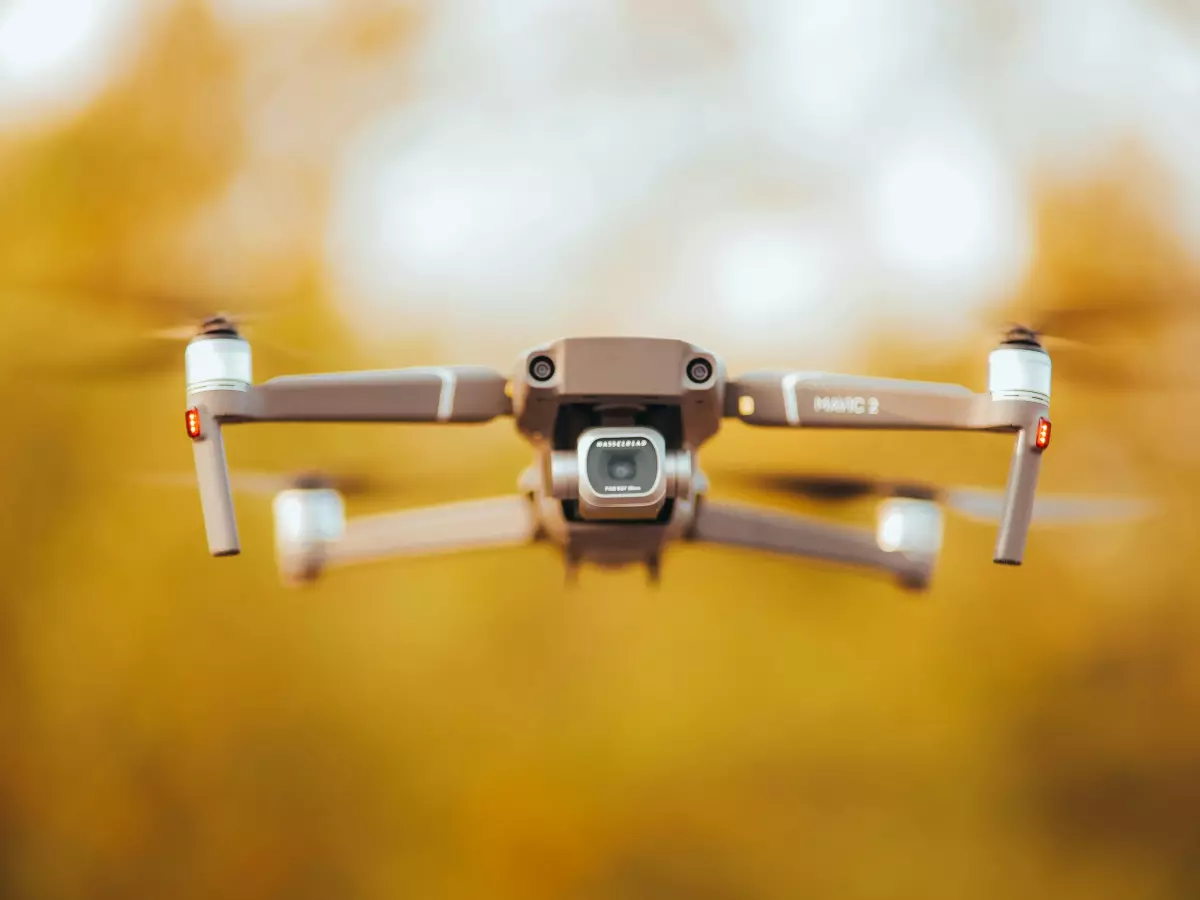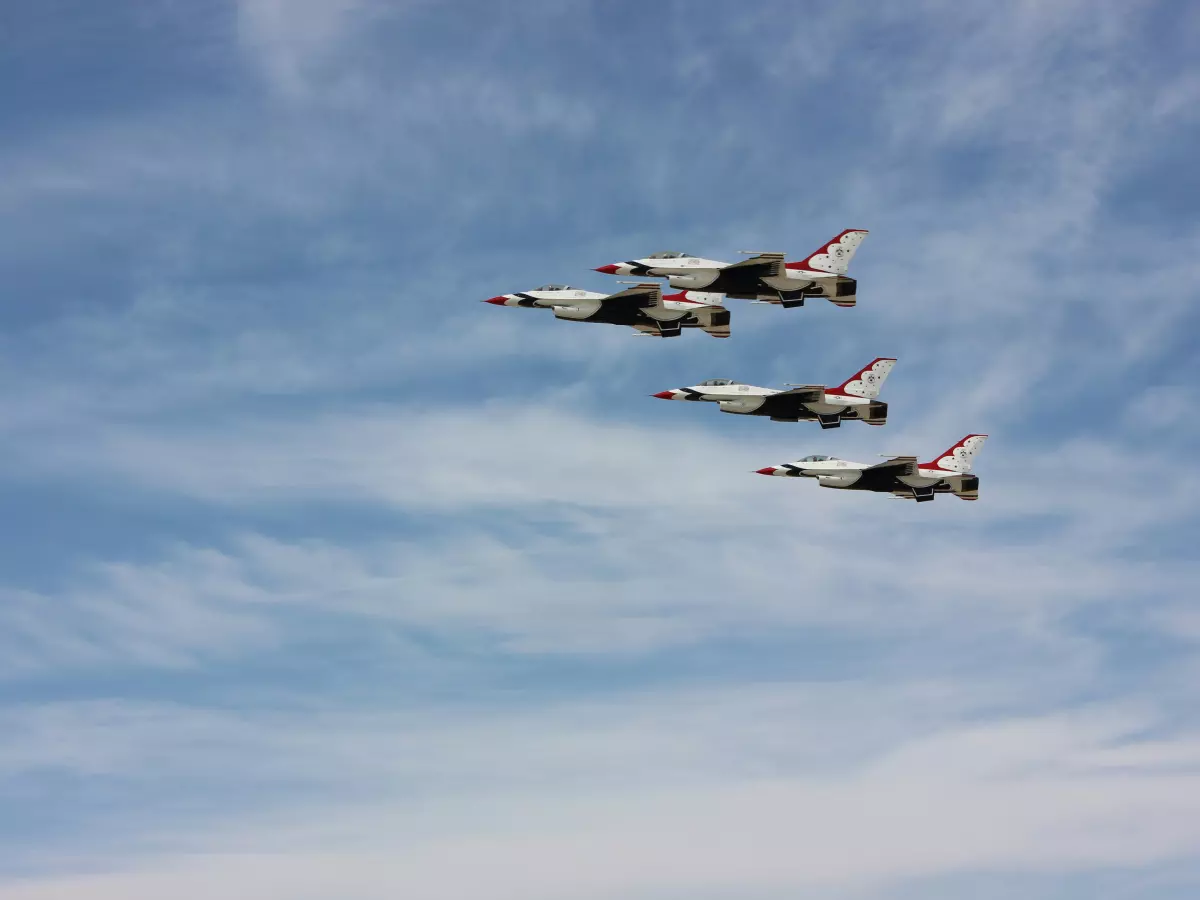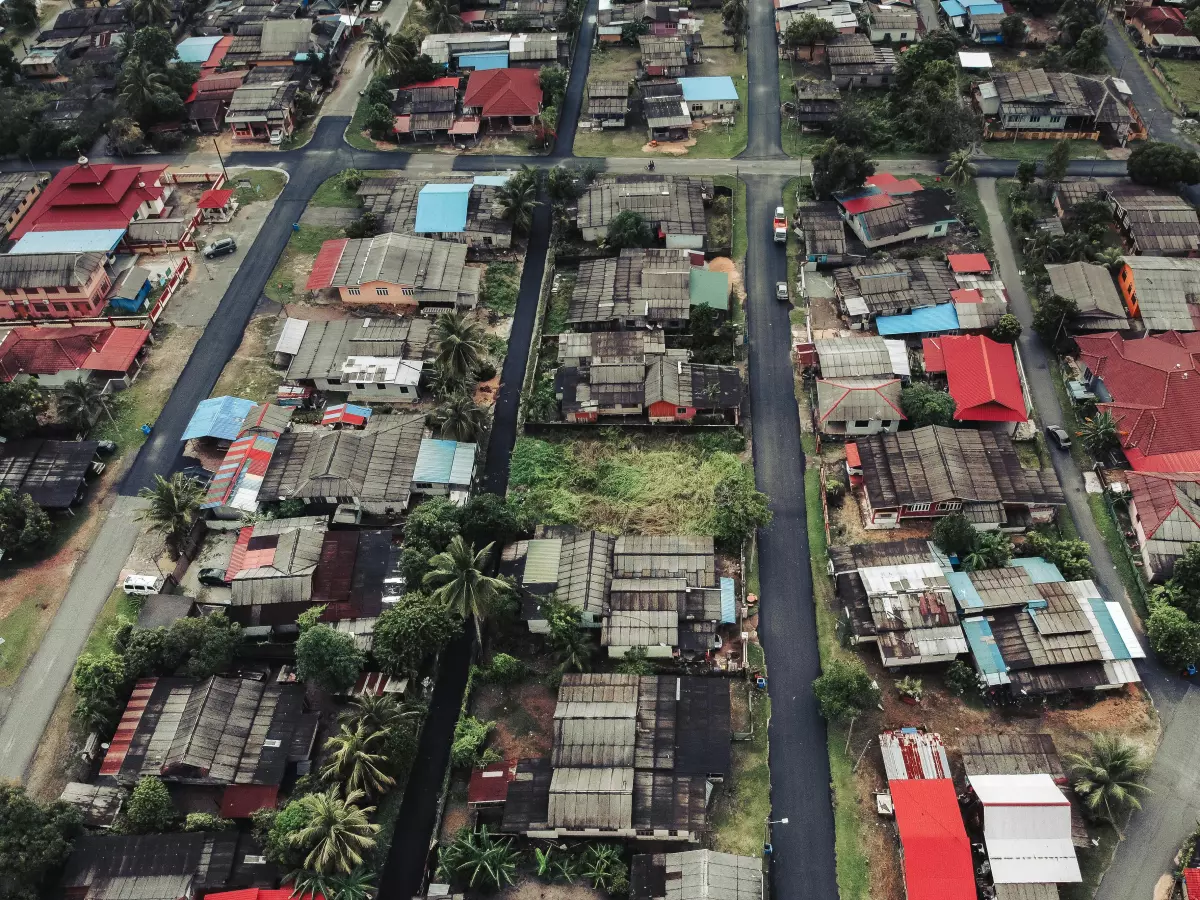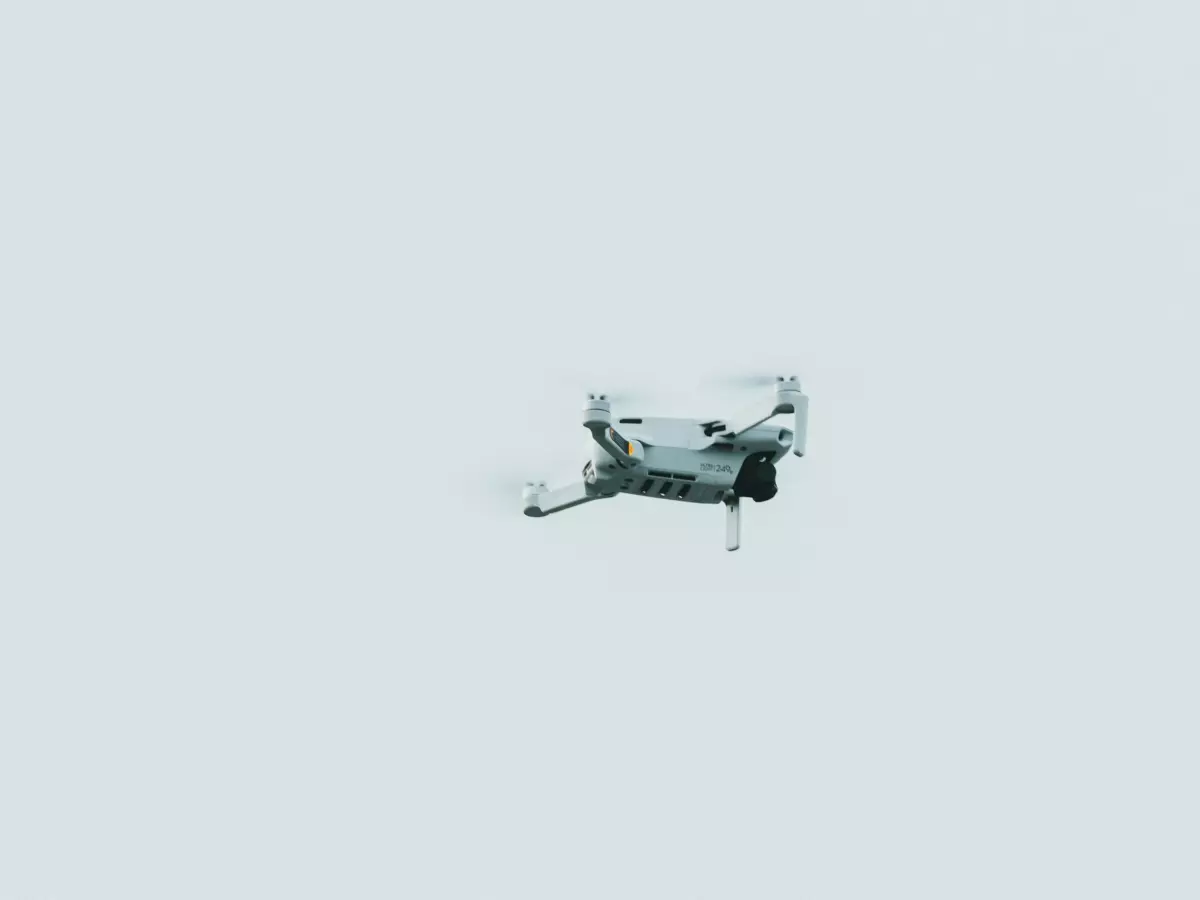Drone Autonomy Unveiled
Think drone autonomy is all about flight control software? Well, not quite. While flight control is crucial, it's just one piece of a much larger puzzle. If you’ve ever wondered how drones manage to fly, avoid obstacles, and even make decisions without human intervention, you’re in for a treat. Let’s dive into the seven key components that make drone autonomy possible, and spoiler alert—it’s not just about the software!
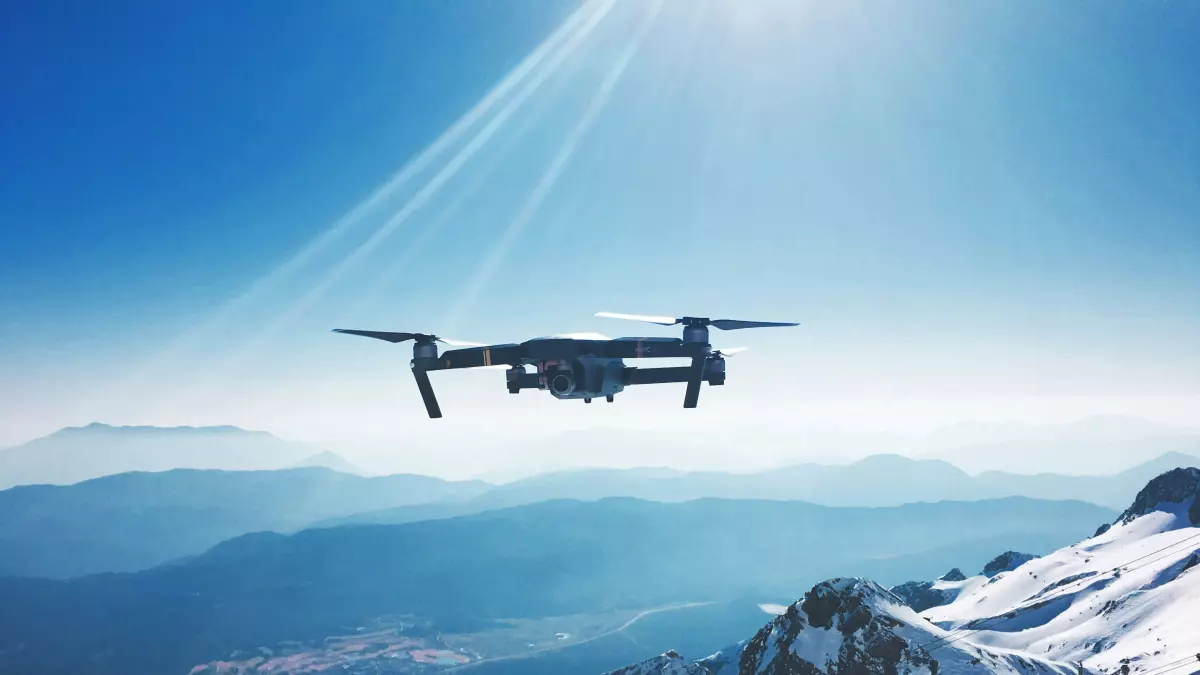
By Hiroshi Tanaka
First, let’s debunk a common myth: Many people believe that drones are fully autonomous simply because of their flight control software. Sure, flight control is essential, but it’s not the only brain behind the operation. In fact, a drone’s autonomy is the result of multiple systems working in harmony, from sensor fusion to AI, and even real-time data processing. So, if you think your drone is just following a pre-programmed path, think again!
In reality, drone autonomy is a complex dance between hardware and software, with each component playing a critical role. From the sensors that gather environmental data to the algorithms that process it, every part of the system is vital. And today, we’re going to break down these components, one by one.
1. Flight Control Software: The Core of Stability
Let’s start with the obvious: flight control software. This is the system responsible for keeping your drone stable in the air. It processes data from various sensors—like gyroscopes, accelerometers, and GPS—to ensure the drone maintains its altitude, orientation, and speed. In essence, it’s the autopilot that keeps your drone from crashing into the ground.
However, flight control software alone isn’t enough to make a drone truly autonomous. While it can handle basic tasks like hovering or following a set path, it lacks the ability to adapt to changing environments or make real-time decisions. That’s where the other components come in.
2. Sensor Fusion: The Eyes and Ears of the Drone
Sensor fusion is the process of combining data from multiple sensors to create a more accurate picture of the drone’s surroundings. Think of it as the drone’s ability to “see” and “hear” what’s going on around it. By fusing data from cameras, LiDAR, radar, and GPS, the drone can detect obstacles, map its environment, and even predict future movements.
Without sensor fusion, a drone would be flying blind. It wouldn’t know if there’s a tree in its path or if the wind is picking up. By integrating data from multiple sources, sensor fusion enables the drone to make informed decisions in real time.
3. AI and Machine Learning: The Decision-Makers
Here’s where things get really interesting. AI and machine learning algorithms are what give drones the ability to make decisions on their own. These systems analyze the data provided by sensor fusion and flight control software, allowing the drone to adapt to its environment and even learn from its experiences.
For example, a drone equipped with AI can recognize patterns in its surroundings, such as the movement of people or vehicles. It can then adjust its flight path accordingly, avoiding obstacles or optimizing its route. Over time, machine learning algorithms can even improve the drone’s performance, making it smarter with each flight.
4. Real-Time Data Processing: The Brain Power
All of this data—whether it’s from sensors, cameras, or GPS—needs to be processed in real time. That’s where real-time data processing comes in. This system ensures that the drone can make split-second decisions based on the information it receives.
Imagine a drone flying through a crowded city. It needs to process data from its sensors, avoid obstacles, and adjust its flight path—all in a matter of milliseconds. Without real-time data processing, the drone would be too slow to react, leading to potential crashes or inefficient flight paths.
5. Redundancy Systems: The Backup Plan
No system is perfect, and that’s why redundancy is so important in drone autonomy. Redundancy systems provide backup in case one component fails. For example, if the GPS signal is lost, the drone can rely on its inertial measurement unit (IMU) to maintain stability and continue flying.
Redundancy ensures that the drone can continue operating even if one of its systems goes down. This is especially important for drones used in critical applications, such as search and rescue missions or military operations, where failure is not an option.
6. Communication Systems: Staying Connected
While drones are becoming more autonomous, they still need to communicate with a ground station or other drones in a swarm. Communication systems allow the drone to send and receive data, whether it’s telemetry information, video feeds, or commands from a human operator.
In some cases, communication systems are also used for collaborative autonomy, where multiple drones work together to complete a task. For example, a swarm of drones might communicate with each other to cover a large area more efficiently or to avoid collisions.
7. Power Management: The Unsung Hero
Last but not least, we have power management. Drones rely on batteries to stay in the air, and managing that power is crucial for autonomy. Advanced power management systems monitor the drone’s battery levels and optimize energy usage to extend flight time.
In some cases, drones can even make decisions based on their battery levels. For example, if the battery is running low, the drone might return to its base or land in a safe location. Power management ensures that the drone can complete its mission without running out of juice mid-flight.
Bringing It All Together
So, there you have it—the seven key components that make drone autonomy possible. While flight control software is the foundation, it’s the combination of sensor fusion, AI, real-time data processing, redundancy, communication, and power management that truly sets autonomous drones apart.
Next time you see a drone flying effortlessly through the sky, remember that it’s not just following a pre-programmed path. It’s using a complex network of systems to navigate, make decisions, and adapt to its environment—all without human intervention. And that, my friend, is the magic of drone autonomy.
